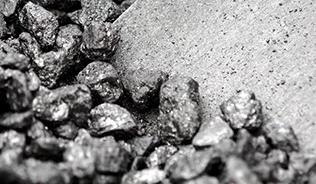Civil aviation is being constrained by the poor understanding of environmental and operational interdependencies.
Noise, and carbon emissions belong to different physical spheres not directly comparable and managed under separate regulations. Noise reduction has been the priority for the aviation industry for many years, but this recently shifted to decarbonisation to achieve Net Zero emissions. Although carbon emissions are one of the main contributors to environmental impacts at global level, we still must consider local impacts like noise affecting the environment and communities.
In this webinar Pierangelo Di Stefano will explain the process he helped develop at Noise Consultants to describe the interrelations between carbon and noise emissions for Airspace Management. Through this process, overall environmental benefits and disadvantages of airspace change concepts and operational procedure changes are assessed, considering both the monetisation of harmful effects and the costs of the carbon emissions impacts on the environment.
While some designs provide benefits for noise or carbon emissions, others might provide minimum benefits despite the high costs associated either for noise or carbon, or their effectiveness might depend on the location where they occur.
In the context of sustainable aviation, this process provides a tool for airspace developers to identify the trade-off between noise and carbon emission to design an effective sustainable airspace.
How can I get involved?
If you want to support the work of the IES to shape the future of the environmental sciences, consider becoming a professional member of the IES or join as an affiliate.
Other ways you can get involved include:
- Sign up to our upcoming events for the project as they are announced
- Let us know your perspective by contributing a blog or analysis piece for the IES website
- Get in touch to find out more about the project and explore ways you can collaborate
- Find out more about our Equity, Diversity and Inclusion Plan 2023 - 2026





